What Are Healthy Fats? And Which Ones Should You Be Having Regularly
Tue 16 May 2017, 20:26:52
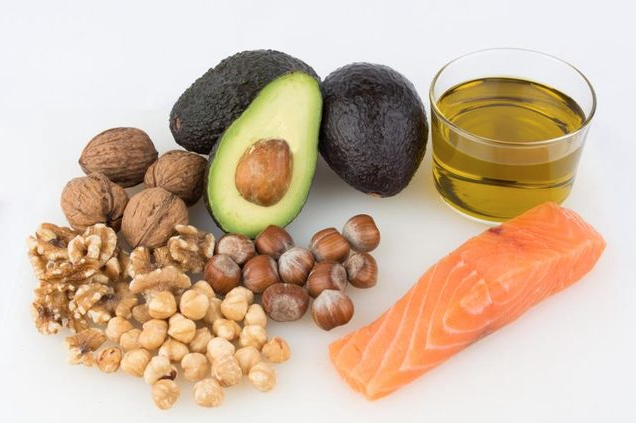
You see a packet of “low-fat” biscuits next to regular ones and you unconsciously reach for the low-fat ones. We think of fat as “bad” for us, but this could not be further from the truth. As any dietitian or nutritionist would tell you, our bodies require “healthy fats” in order to function properly.
But what are healthy fats and what is the difference between healthy and unhealthy fats?
The Difference Between Healthy & Unhealthy Fats
Fats can be divided into 3 main categories – unsaturated fats, saturated fats, and trans fats. Let’s delve a little deeper – unsaturated fats are further divided into 2 categories: mono-unsaturated fats and polyunsaturated fats. Most foods contain more than one of all these fats, but processed and junk foods invariably contain a combination of just the unhealthiest fats! So which fat is the healthiest?
1. Mono-unsaturated fats & polyunsaturated fats
These are the healthiest of all oils as these fatty acids reduce LDL (bad) cholesterol levels and lower the risk of heart disease. Most of these oils also contain a variety of oil-soluble vitamins such as vitamins A, D, and E.
2. Saturated fats
These have a negative health impact and raise cholesterol levels ONLY if they are consumed in large quantities. According to the World Health Organisation (WHO), a person should receive 10% or less of their daily calories from saturated fats.
3. Trans fats
These are the unhealthiest of all fats. They are rare in nature and form when oil is hydrogenated. It is often found in chips and other junk food – typically listed as “partially hydrogenated oil” on the food label. Only 1% or less of your daily calories should come from trans fats.
Best Food Sources Of Mono & Poly-unsaturated Fats
1. Eggs
“Eggs have taken a lot of bad rap because of their association with cholesterol, but studies have confirmed that eggs are in fact a great source of healthy fats”
We generally associate eggs with protein and don’t realize that they are also a good source of healthy fats. Most of the fatty acids in eggs are mono-unsaturated fats with a small amount of poly-unsaturated fat and some saturated fats. Some people shy away from eggs because they think that the relatively high levels of cholesterol in egg yolks will increase their cholesterol levels, but recent research shows that you can safely eat up to 3 eggs a day.
2. Cashew Nuts
“Cashew nuts are an excellent source of healthy monounsaturated fats & fatty acids that are essential for heart & brain health, as well as for healthy skin & hair”
Cashew nuts are rich in monounsaturated fats that improve heart health. Cashew nuts are also rich in certain fatty acids and copper which promote healthy skin and hair. Cashews also contain flavonoids – a natural plant compound that helps to fight cancer and prevent a host of other diseases.
Research also shows that flavonoids help to prevent weight gain.
Research also shows that flavonoids help to prevent weight gain.
3. Walnuts
“This is one of the best vegetarian sources of omega-3 fatty acids, which protects against both heart disease & cancer”
Walnuts are an excellent source of a type of poly-unsaturated fatty acids called omega-3 fatty acids. Less than quarter of a cup of walnuts is more than sufficient to meet your daily recommended intake of omega-3 fatty acids. Studies show that these omega-3 fatty acids help to prevent cancer and cardiovascular disease. Walnuts are also high in copper and biotin which help to strengthen your hair and prevent unnecessary breakage.
4. Groundnuts
“Oleic acid, a type of mono-unsaturated fat in groundnuts, has been shown to lower the risk of various lifestyle diseases, while also improving skin health”
Groundnuts have a very high fatty acid content and almost 50 % of it is mono-unsaturated fats – mainly oleic acid. Oleic acid has become the subject of much research as it has been linked to a reduced risk of certain cancers, Alzheimer’s disease, and cardiovascular diseases.
Oleic acid is also important for skin damage – especially small wounds. The oleic acid in groundnuts can help to ease the severity of acne as this fatty acid reduces inflammation and improved collagen deposition which in turn reduces acne scarring.
5. Corn
“Corn can provide you with both poly-unsaturated & mono-unsaturated fats, but instant popcorn will also give you unhealthy trans fats”
Corn contains poly-unsaturated and mono-unsaturated fats along with several vitamins, minerals, and antioxidants. Corn helps to ease digestive distress, especially problems such as chronic bloating as it supports the proliferation of healthy gut bacteria.
Corn also contains Omega-6 fatty acids and linoleic acid – both of these have anti-aging properties and can prevent and even treat fine facial lines and wrinkles. Ready-to-eat popcorn contains high amounts of trans fats and so you should swap it for homemade popcorn instead.
6. Oily Fish
“Some of the best oily fish for omega-3 fats include rawas, bangda, & pedvey”
Oily fish are an excellent source of a wide range of mono-unsaturated and poly-unsaturated fatty acids as well as oil-soluble vitamins and omega-3 fatty acids. These oils help to prevent heart disease, improve mental focus and even combat depression and anxiety.
Research has also shown that the fatty acids in fish can slow the progression of prostate cancer. The best oily fish in India include Rawas (salmon), Bangda (mackerel), and Pedvey (sardines).
Our Take
In addition to these foods that are high in healthy fats, your daily diet should also contain full-fat dairy products including milk and yogurt. Although these foods do contain saturated fats they also have a whole slew of vitamins and minerals that will improve your overall health and keep you feeling and looking younger!
No Comments For This Post, Be first to write a Comment.
Most viewed from Health
AIMIM News
Latest Urdu News
Most Viewed
May 26, 2020
Where should be the burial of the pilgrims martyred in the Saudi Arabia bus accident?
Latest Videos View All
Like Us
Home
About Us
Advertise With Us
All Polls
Epaper Archives
Privacy Policy
Contact Us
Download Etemaad App
© 2025 Etemaad Daily News, All Rights Reserved.

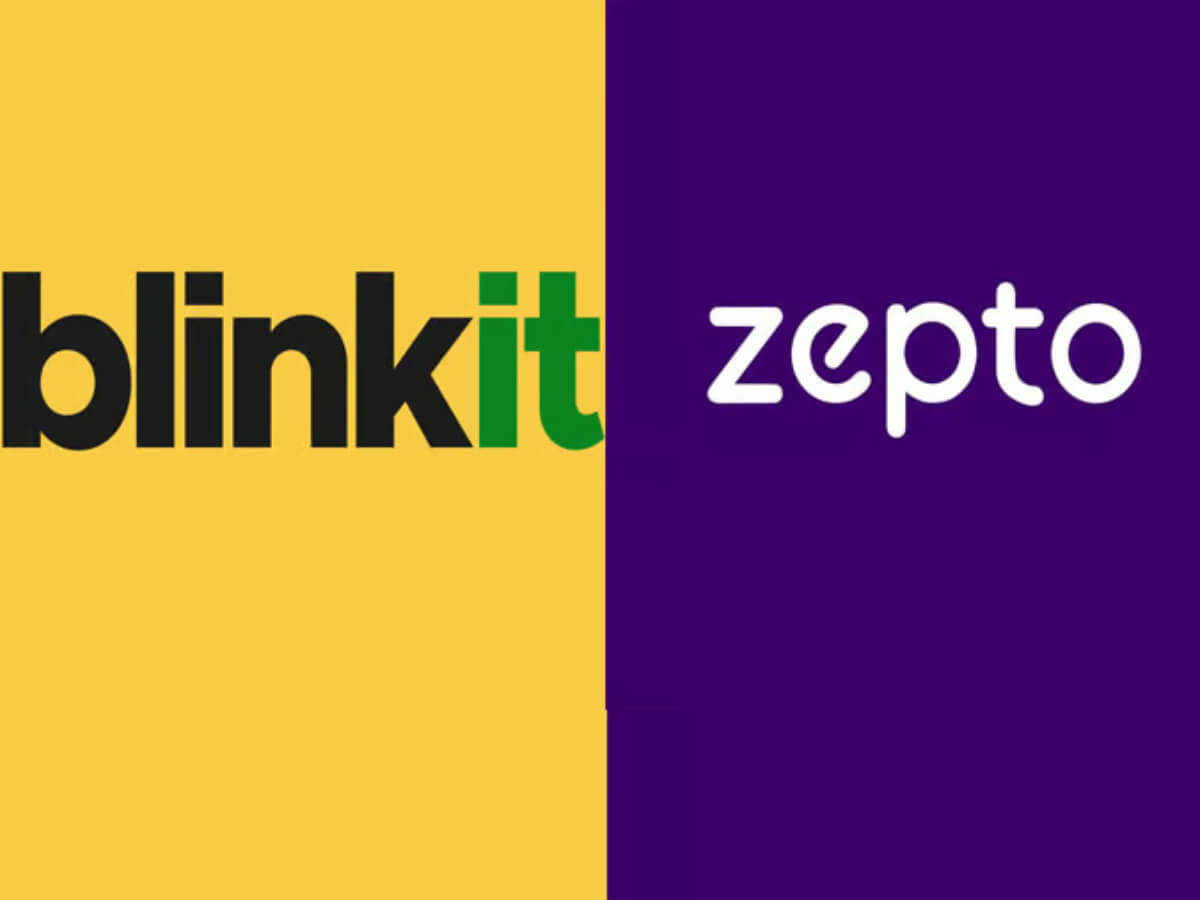

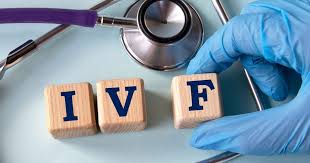



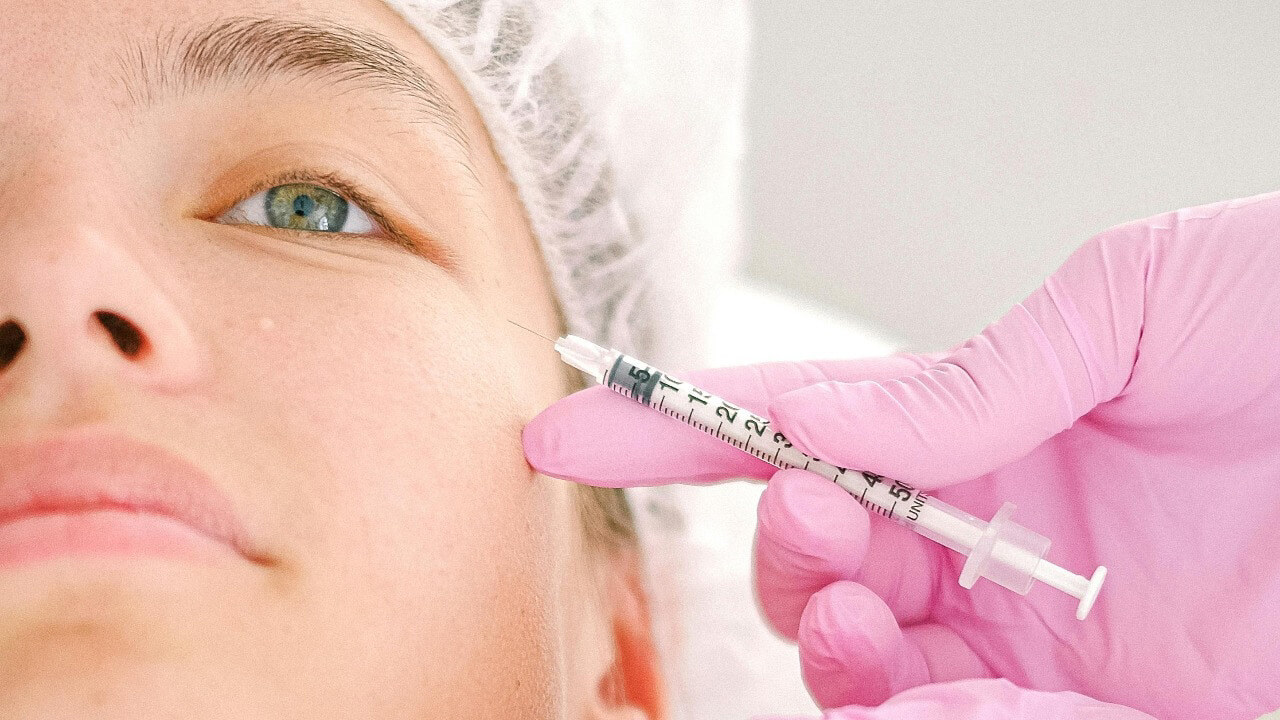


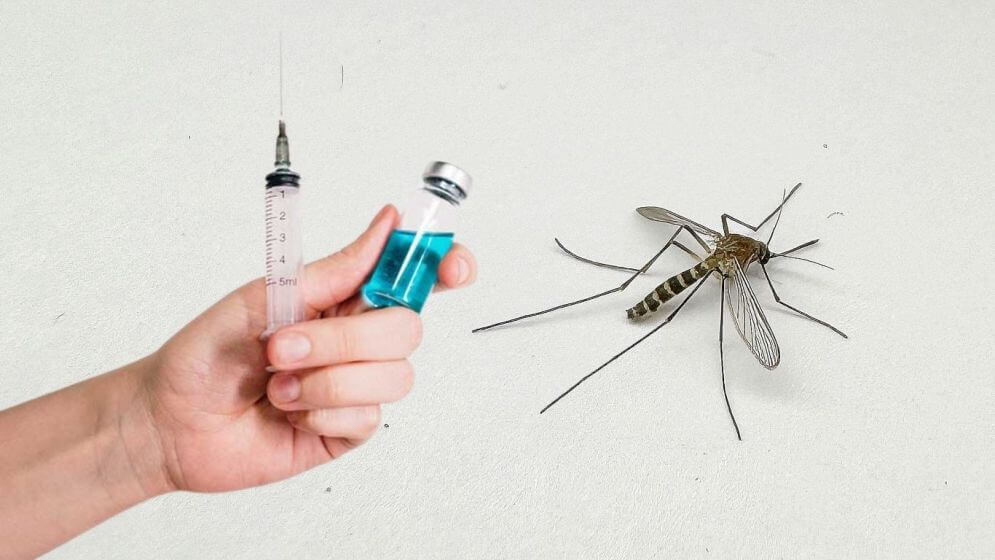
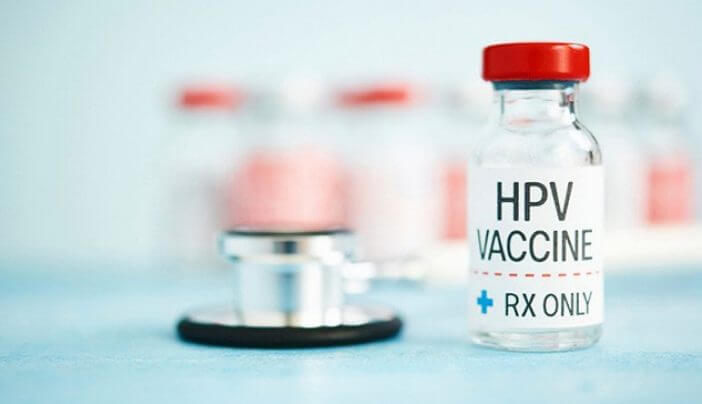
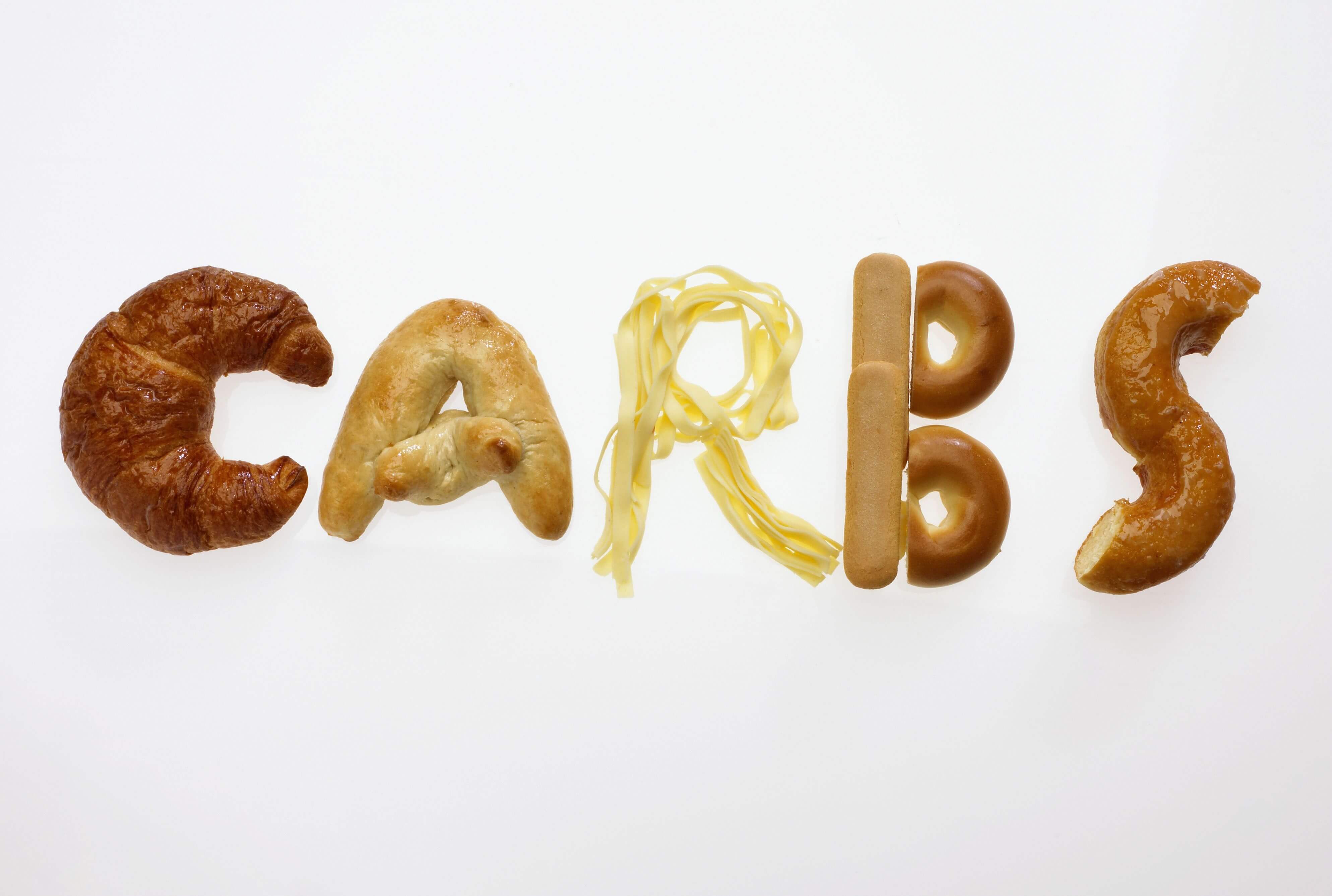












.jpg)
.jpg)
.jpg)


